Introduction
Accessibility is not an afterthought or a checkbox to tick off before launching a website. It's a fundamental approach to design and development that ensures everyone, regardless of ability or disability, can perceive, understand, navigate, and interact with digital content. When we build with accessibility in mind, we create more inclusive, usable, and ultimately better web experiences for all users.
Why Accessibility Matters
Beyond the moral imperative and legal requirements (such as ADA, Section 508, and WCAG compliance), accessibility offers tangible benefits:
- Expanded audience reach: Approximately 15% of the world's population lives with some form of disability
- Improved user experience for everyone: Features built for accessibility often benefit all users
- Better SEO: Many accessibility practices align with search engine optimization techniques
- Legal risk reduction: Protection against accessibility-related lawsuits
- Brand reputation enhancement: Demonstrates corporate social responsibility
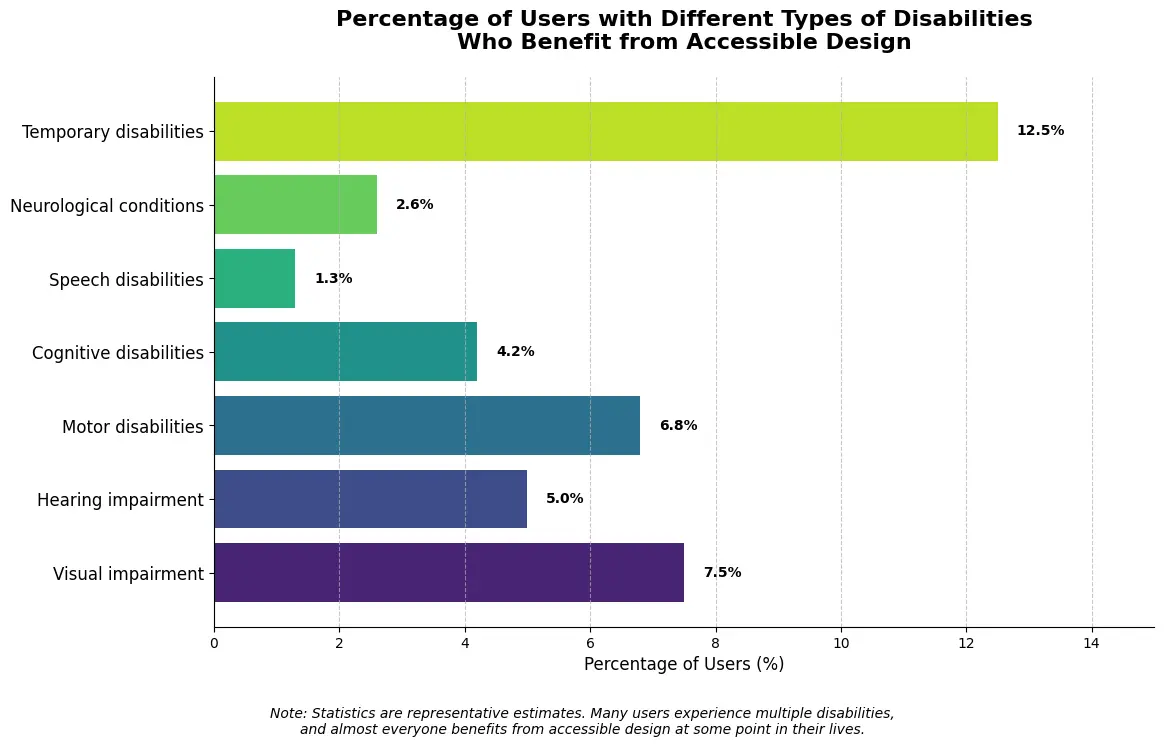
Percentage of users with different types of disabilities who benefit from accessible design
Starting with an Accessibility Mindset
Set Clear Goals and Standards
Begin by establishing which standards your project will follow. The Web Content Accessibility Guidelines (WCAG) 2.1 at Level AA is a common baseline, but your organization may have additional requirements.
Create measurable accessibility objectives alongside your other project goals. For example, "All interactive elements must be keyboard navigable" or "Content must be readable at 200% zoom."
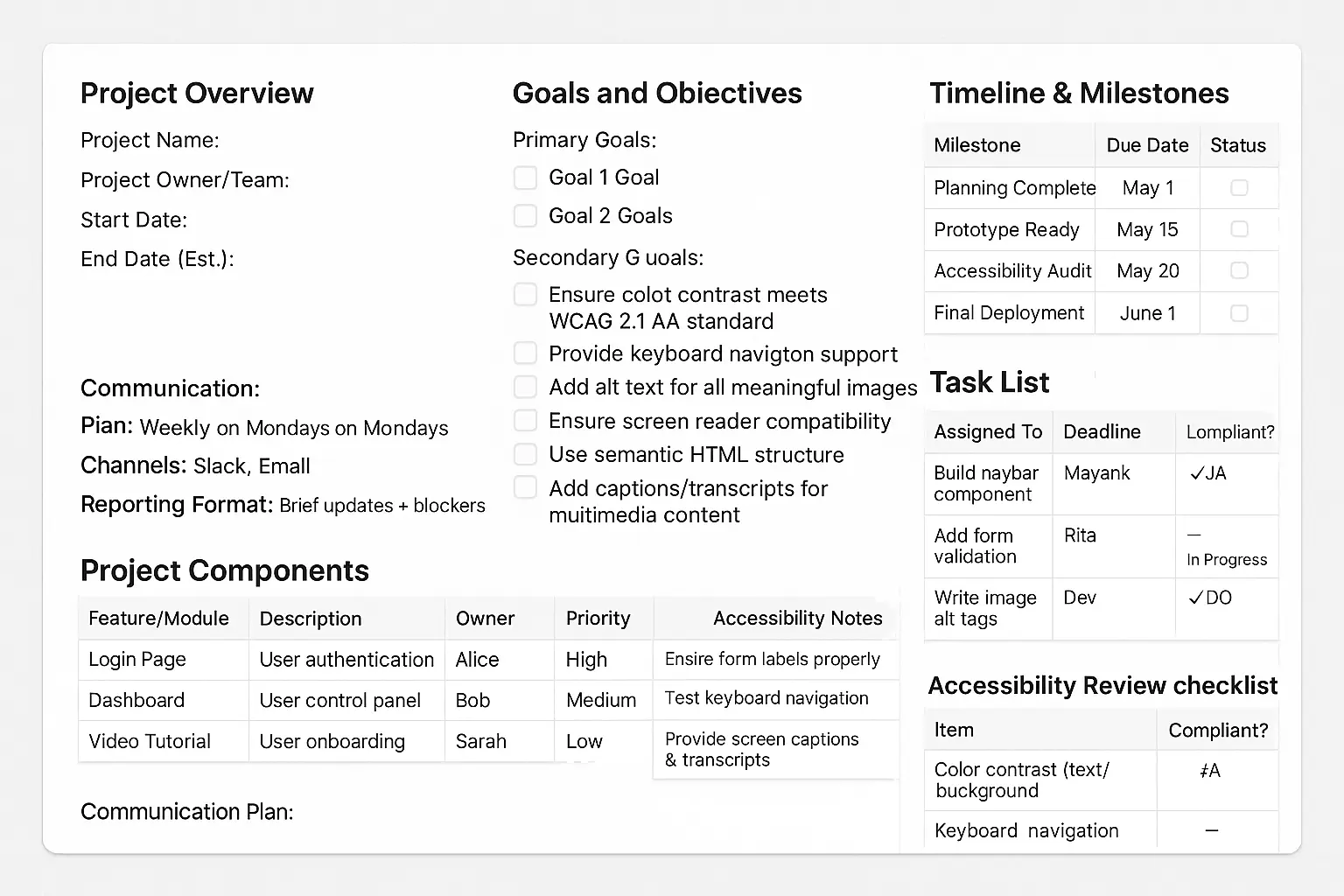
Example of a project planning document with accessibility goals included
Build a Diverse Team
Accessibility insights come from diverse perspectives. Consider:
- Including team members with disabilities
- Consulting with accessibility experts
- Establishing relationships with disability advocacy organizations
- Training all team members on accessibility basics
Design Considerations
Create an Inclusive Design System
A thoughtful design system forms the foundation of accessible websites:
- Color palette: Ensure sufficient contrast between text and background (minimum 4.5:1 for standard text)
- Typography: Select readable fonts and establish a clear hierarchy
- Interaction states: Design for keyboard, mouse, touch, and voice inputs
- Responsive design: Ensure content remains accessible at all screen sizes
- Spacing and layout: Create breathing room between elements for better readability

Components from an accessible design system showing various states
Provide Multiple Ways to Perceive Content
Users access content in different ways:
- Visual alternatives: Always include text alternatives for images, charts, and graphs
- Captions and transcripts: Make audio and video content accessible
- Descriptive links: Write link text that makes sense out of context
- Focus indicators: Ensure interactive elements have clear focus states
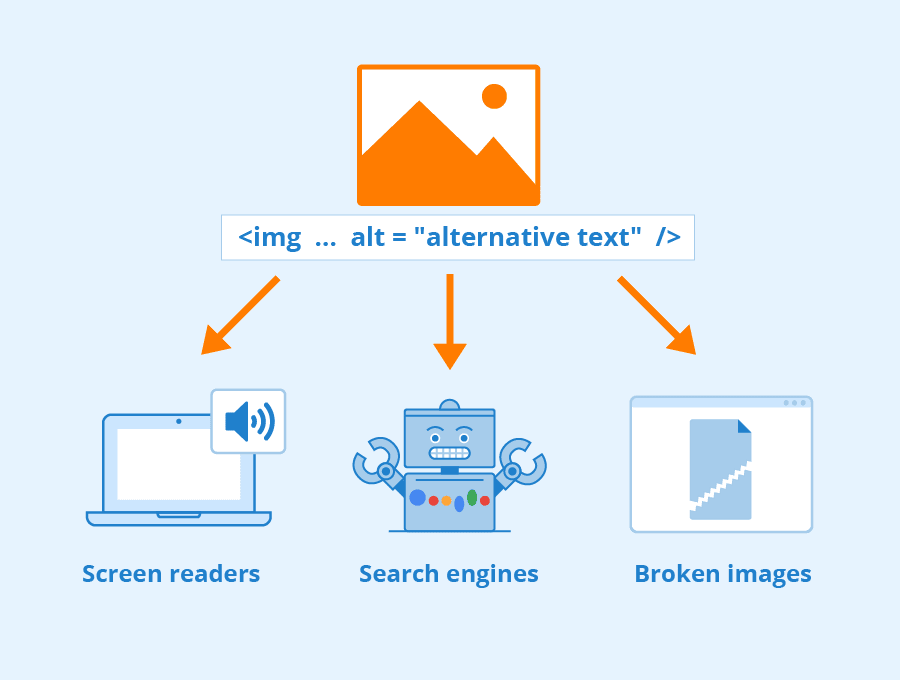
The same content presented in multiple formats to ensure accessibility
Development Practices
Build with Semantic HTML
HTML provides built-in accessibility features when used correctly:
Using the correct HTML elements provides:
- Proper keyboard behavior
- Screen reader announcements
- Touch target size
- Focus management
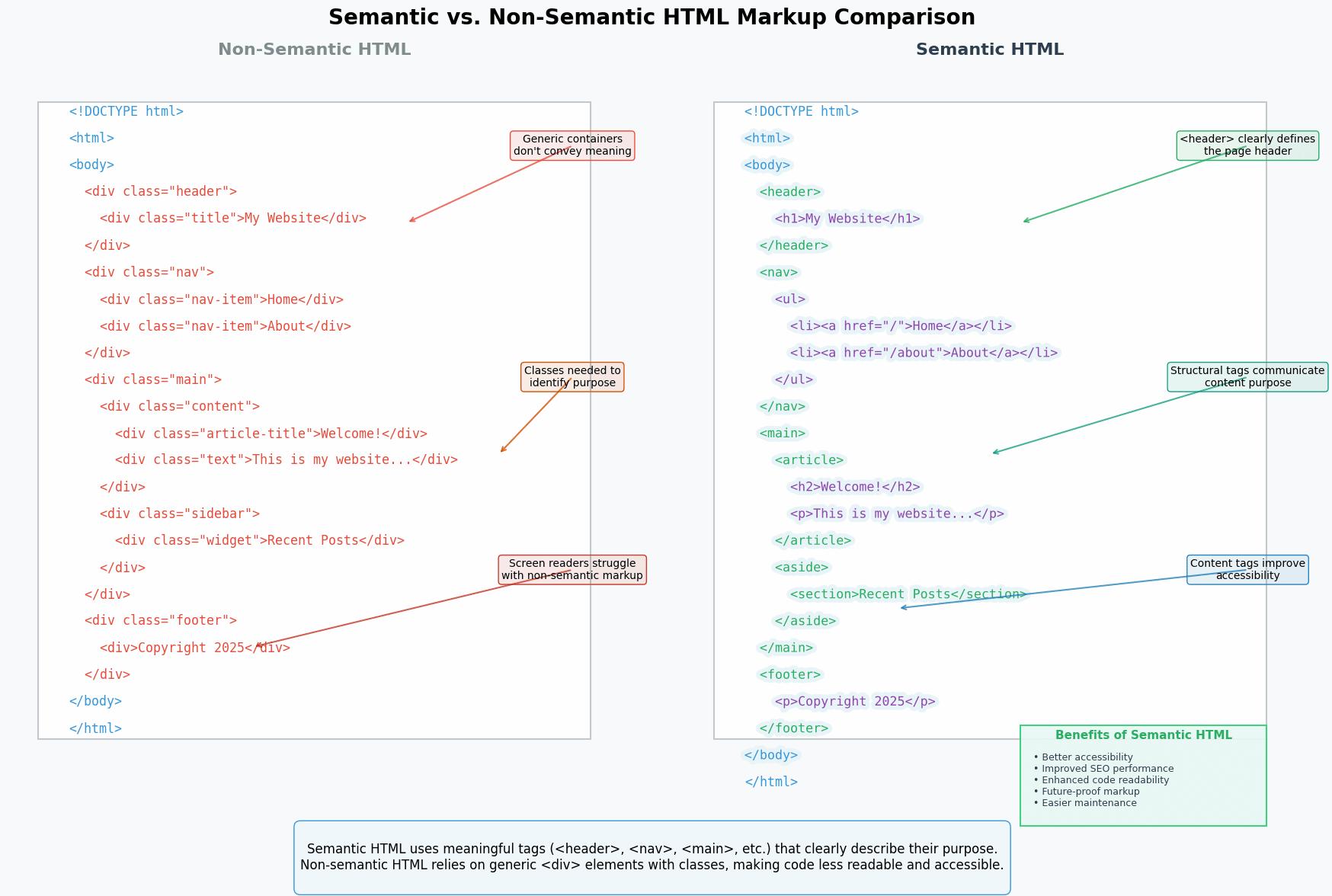
Comparison of semantic vs. non-semantic markup with annotations
Progressive Enhancement
Start with the most basic functional experience and layer on enhancements:
- Begin with semantic HTML
- Add CSS for visual styling
- Implement JavaScript for enhanced functionality
- Test at each stage for accessibility
This approach ensures content remains accessible even when technologies fail.
ARIA When Necessary
WAI-ARIA (Accessible Rich Internet Applications) provides additional semantics when HTML alone isn't sufficient:
Your form has been submitted successfully.
Remember the first rule of ARIA: don't use ARIA if an equivalent HTML element exists.

Decision flowchart: when to use native HTML vs. ARIA
Testing Throughout the Process
Integrate Accessibility Testing in Your Workflow

Testing workflow diagram showing accessibility testing integration points
- Design reviews: Evaluate wireframes and designs for accessibility issues
- Code reviews: Check for semantic HTML and proper ARIA usage
- Automated testing: Implement tools like axe-core or Lighthouse
- Manual testing: Verify keyboard navigation and screen reader usage
- User testing: Include people with disabilities in your testing process
Essential Testing Techniques
- Keyboard navigation: Can you use the site without a mouse?
- Screen reader testing: Is content announced correctly?
- Color contrast checking: Do all elements meet contrast requirements?
- Zoom testing: Does content remain usable at 200% zoom?
- Reading order: Does the DOM order match the visual order?
Pro Tip
Use browser extensions like axe DevTools or the WAVE Evaluation Tool for quick accessibility checks during development. These tools catch common issues early, saving time during formal testing.
Creating an Accessibility Culture
Documentation and Knowledge Sharing
Document accessibility decisions and create guidelines that become part of your team's shared knowledge:
- Accessibility pattern library
- Testing procedures
- Standard solutions to accessibility challenges

Example page from an accessibility documentation site
Continuous Education
Accessibility standards and best practices evolve. Invest in ongoing education:
- Regular team training
- Conference attendance
- Following accessibility experts
- Participating in accessibility communities
Launch and Beyond
Accessibility Statement
Create a public accessibility statement that:
- Explains commitment to accessibility
- Lists known issues with timelines for fixes
- Provides contact information for users experiencing accessibility problems
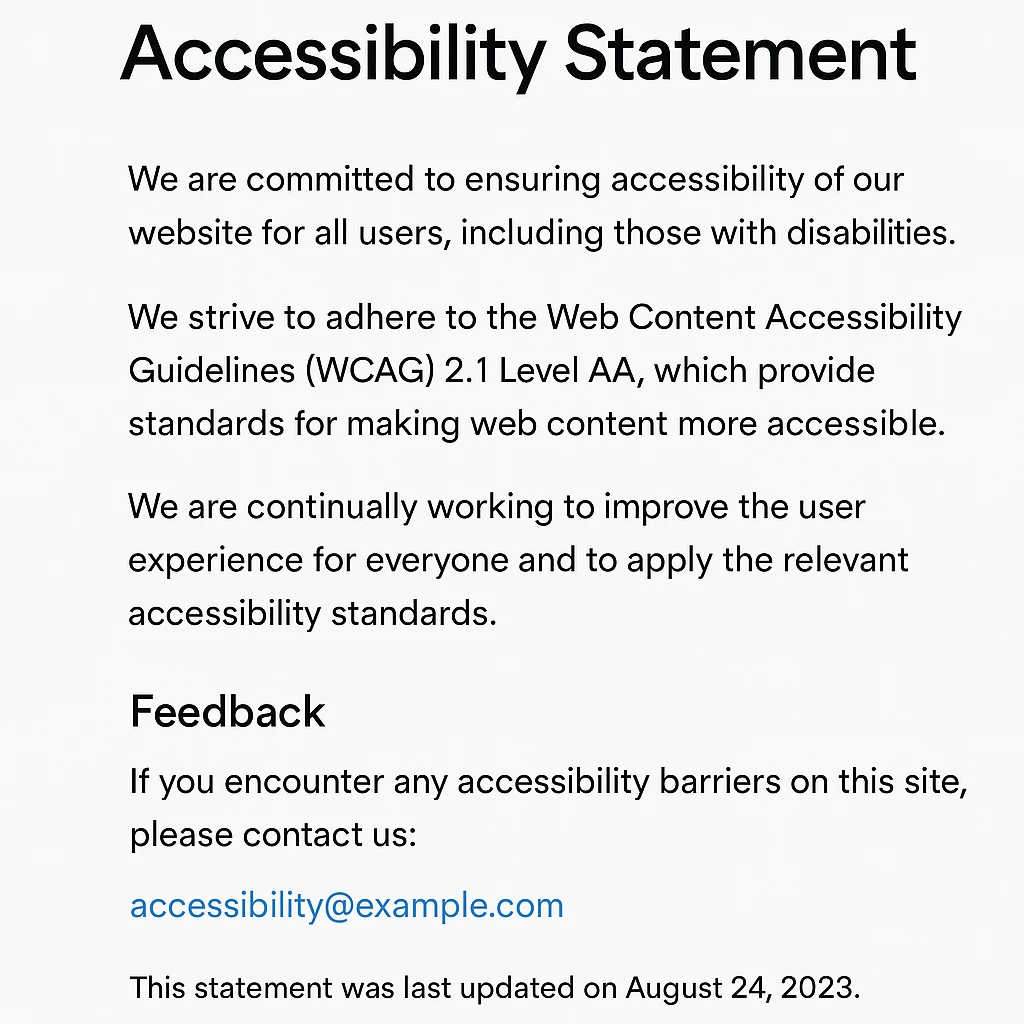
Example of a well-written accessibility statement
Ongoing Monitoring
Accessibility is not a one-time achievement but an ongoing commitment:
- Schedule regular accessibility audits
- Implement accessibility monitoring tools
- Review user feedback for accessibility issues
- Update as standards evolve
Conclusion
Building accessible first doesn't just meet legal requirements—it creates better products for everyone. By embedding accessibility into your process from day one, you build more inclusive experiences, reach wider audiences, and often discover design innovations that benefit all users. The time and effort invested in accessibility up front saves significant resources later and demonstrates a genuine commitment to creating a web that works for everyone.

Creating digital experiences that are truly accessible to everyone
If you enjoyed this article, consider subscribing to our newsletter to get more content like this delivered directly to your inbox.

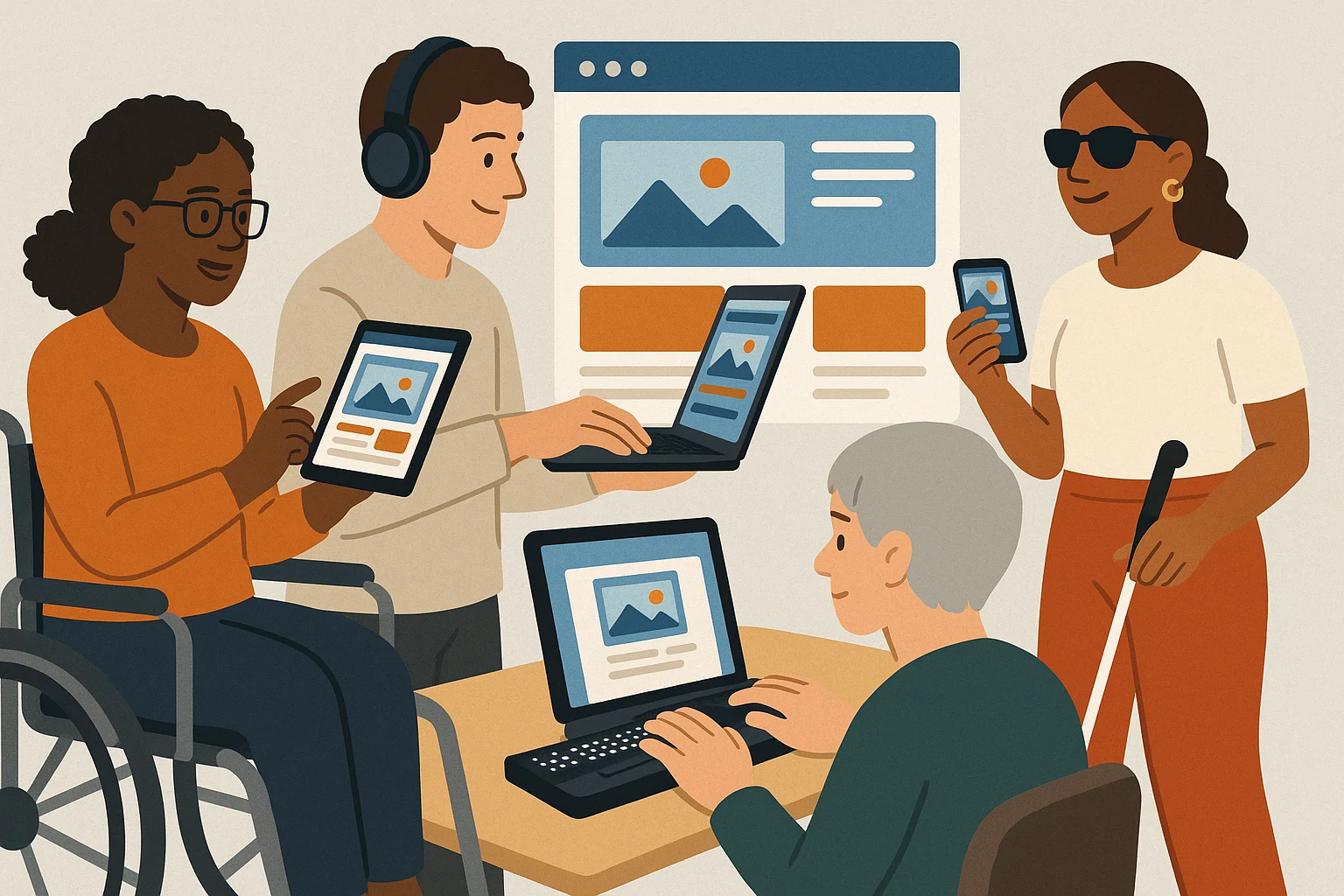
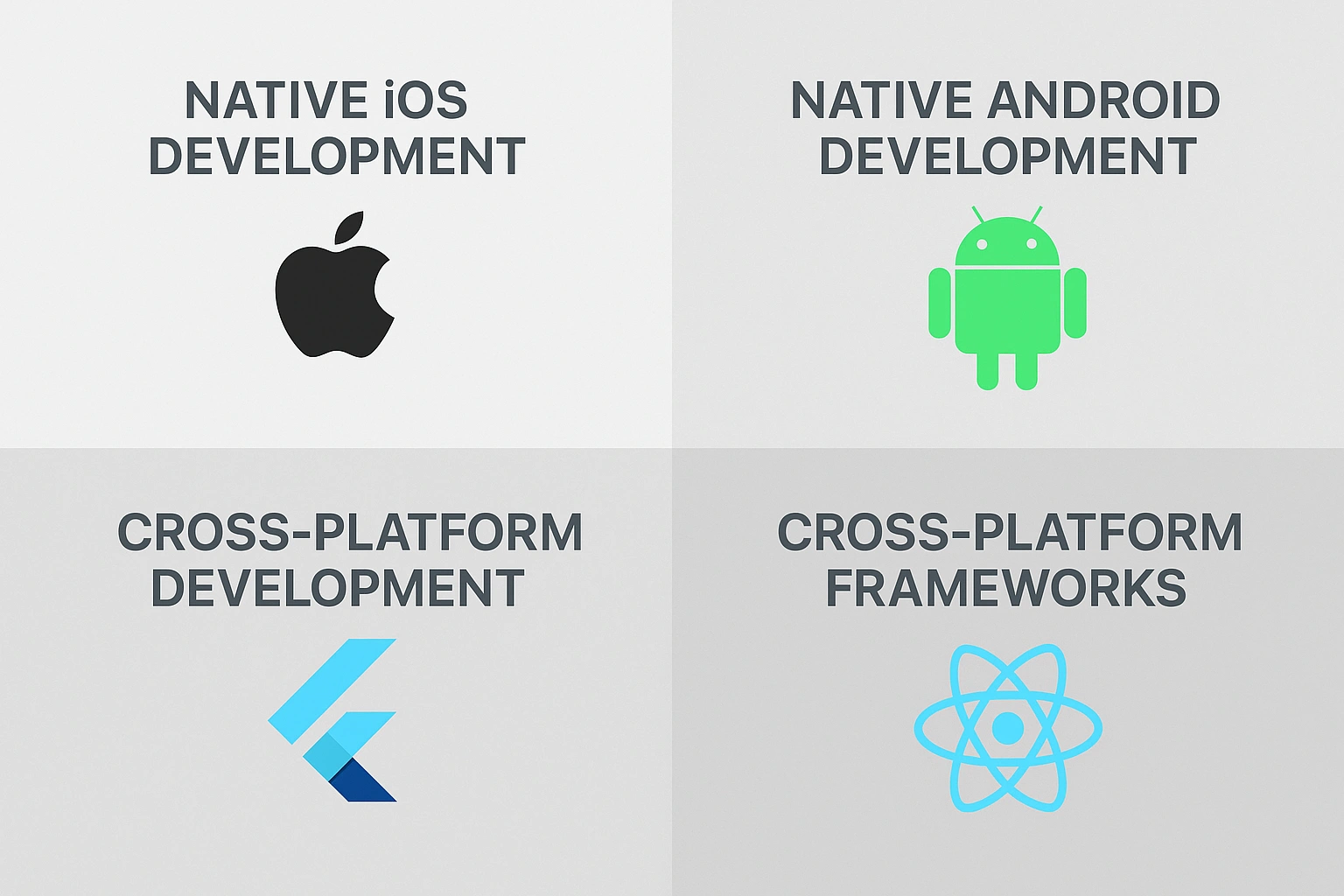
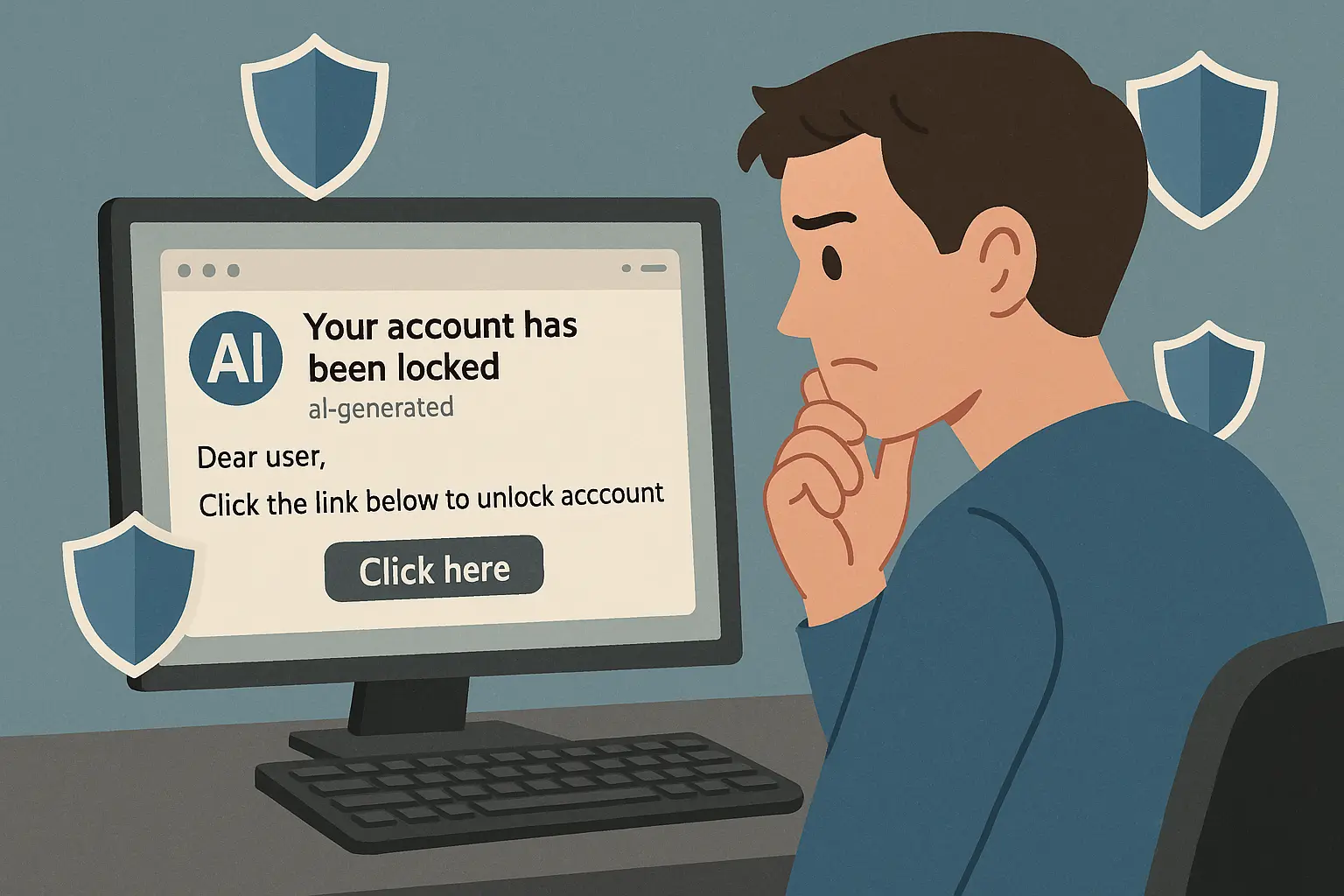
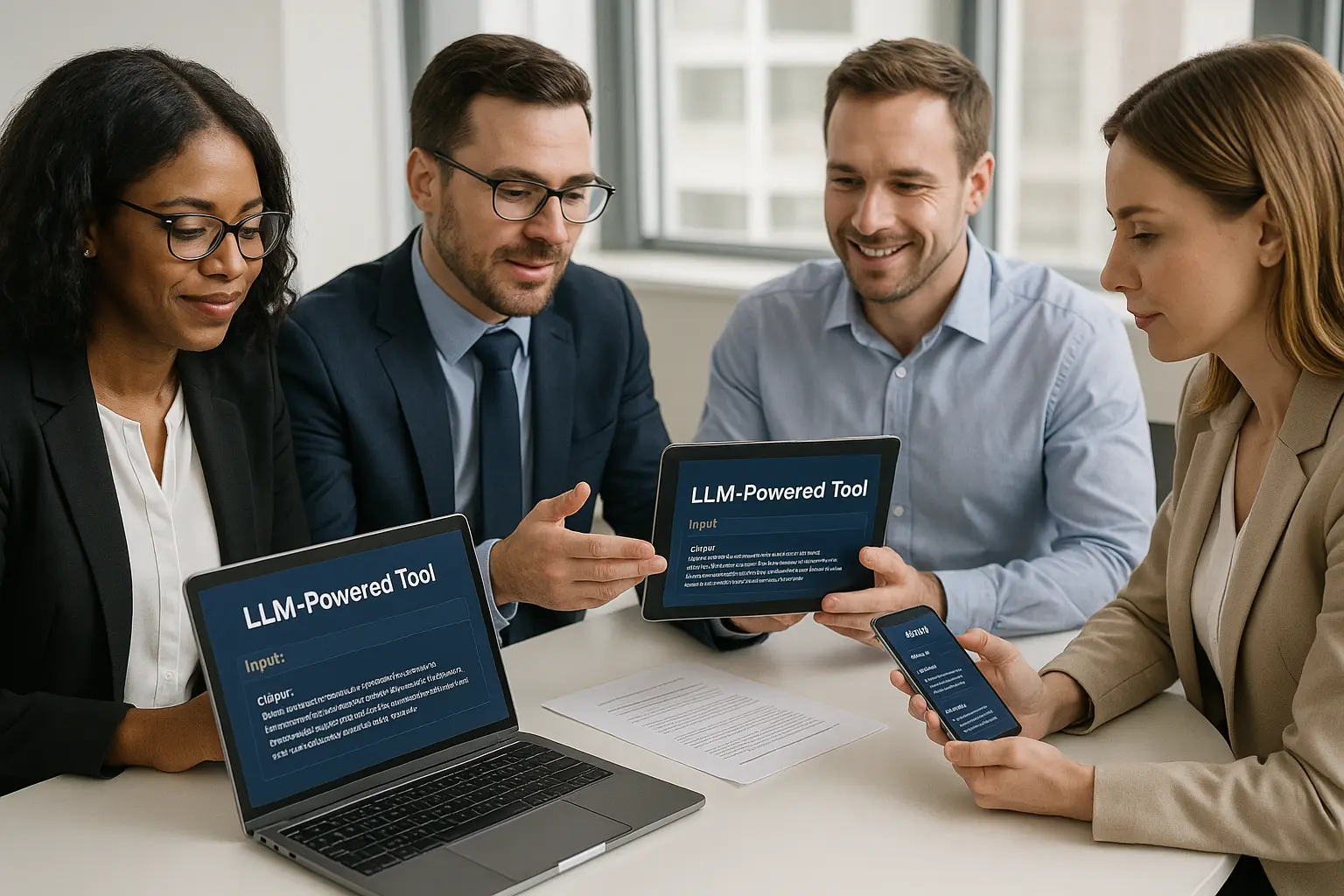
Comments (0)
Discussion
Leave a Comment